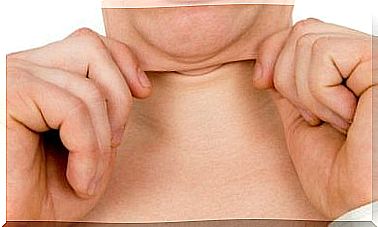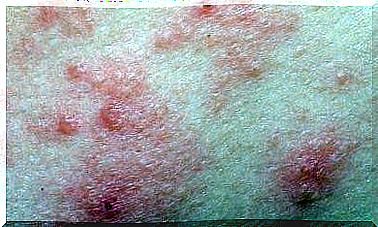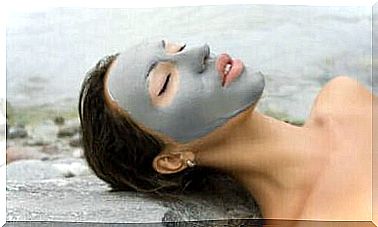What Is Hallopeau’s Disease?
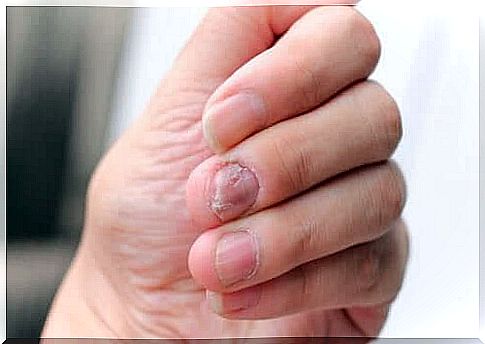
Hallopeau’s disease is a rare condition, although some people think it is quite underdiagnosed in practice. In any case, very few cases have been reported, the majority of which are middle-aged women.
The name Hallopeau’s disease comes from the French physician François Henri Hallopeau, who made great strides in dermatology. We owe the description of conditions such as acrodermatitis continua to him. In addition, he made important contributions to the study of leprosy, skin tuberculosis, and so on.
Hallopeau’s disease was first reported in 1888 by Radcliffe-Crocker. However, it wasn’t until 1890 that Hallopeau more specifically described the disease, which was initially referred to as acrodermatitis continua suppurativa.
What is Hallopeau’s disease?
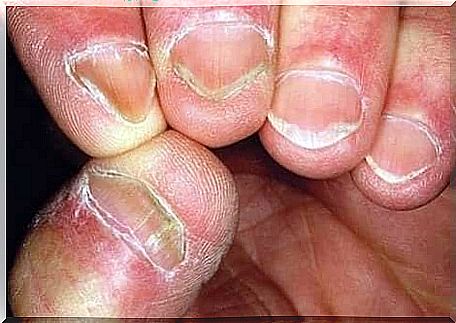
The disease changes the structure of the skin around the nails, causing pustules and blisters without bacteria. Hallopeau’s disease is a chronic inflammatory disease that affects the fingers and toes. Doctors also know it under other names such as:
- acropustulosis
- pustular acrodermatitis
- acrodermatitis perstans
- dermatitis repens
The main feature of this disease is an eruption of sterile pustules. At first they only affect the tips of the fingers and toes. However, they tend to expand little by little over the whole area.
In general, in chronic cases, the eruptions normally give way to debilitating injuries after a long time. In particular, there is atrophy, onychodystrophy and osteolysis. These problems can all cause permanent damage.
Main features of Hallopeau’s disease
In general, the disease begins on the fingertips and rarely appears first on the feet. The first thing you can see are some small pimples that then come together and form large pools of pus. This pus does not contain bacteria, which is why it is called ‘sterile’.
When the pustules open, they leave the skin red and shiny. Then new pustules appear in the area. When they form under the nail bed, it often causes nail loss or onychodystrophy. This is a significant change in the surface of the nail.
The wounds vary depending on the stage of the disease. In acute episodes, the pustules display the behavior described and tend to spread to nearby areas. When the problem becomes chronic, it can completely destroy the nail matrix, leading to nail loss or anonychia.
In addition, the skin is severely atrophied. It causes inflammation in the phalanges, or osteitis, which later turns into osteolysis or destruction of the bone tissue. This often has consequences for the joints. The disease can spread and also cover the forearm or foot.
Causes and Diagnosis
Scientists aren’t sure what causes Hallopeau’s disease. However, today there is a consensus that this disease is a localized clinical form of pustular psoriasis, which is a serious complication of typical psoriasis .
Hallopeau’s disease is believed to be an autoimmune disease characterized by a dysregulation of the immune system in the skin. It is known that most cases of this disease occur in middle-aged women who smoke or have smoked. It also often occurs as a result of an infection or injury.
The diagnosis of Hallopeau’s disease is clinical and histopathological. The first thing a doctor should do is determine if the pustules are sterile. To do that, they usually make a culture, although sometimes a biopsy is needed.
From a histopathological point of view, the main feature is that the pustule is filled with neutrophils. There is no epidermal necrosis or spongiosis. Often there is a moderate lymphohistiocytic infiltrate. This is located in the upper part of the dermis and has focal edema.
You might also want to read this:
7 Enemies of Healthy Skin You Often Ignore
Evolution and forecast
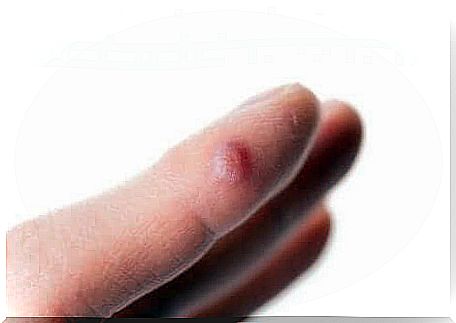
Hallopeau’s disease can be very resistant to treatments once it has reached the chronic phase. To this day, doctors and scientists have not developed a medication that can successfully achieve lasting remission from the condition. The cases of this disease are so rare that there are not even clear treatment steps.
The disease normally remains confined to the original area for several years. However, it also often spreads to nearby areas. In fact, in extremely rare cases the problem is generalized and then it can also affect the mucous membranes.
Spontaneous recovery has been reported in some cases. Much more often, Hallopeau’s disease has several periods of exacerbation, in which the lesions increase without apparent cause. This is a chronic and disabling disease.
